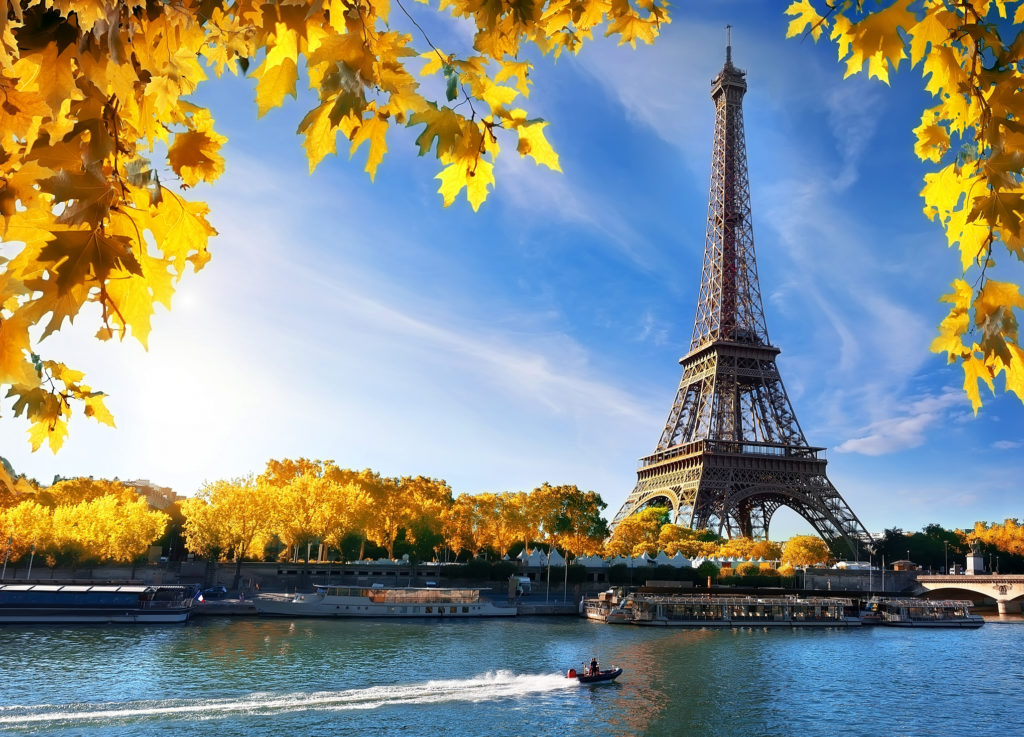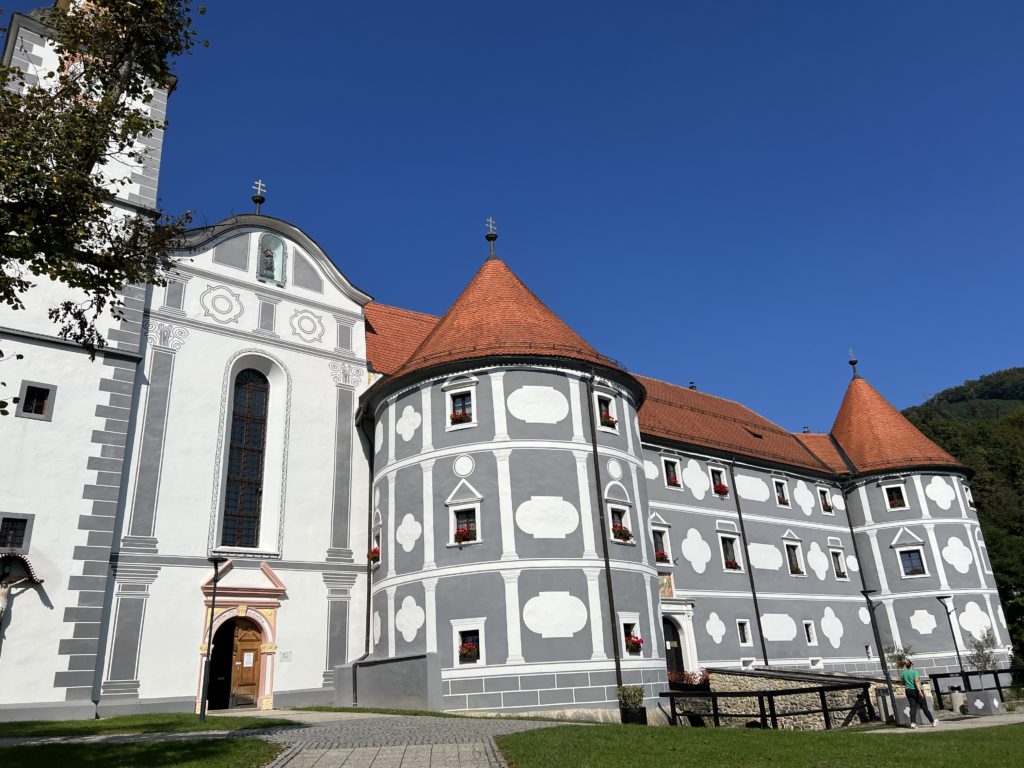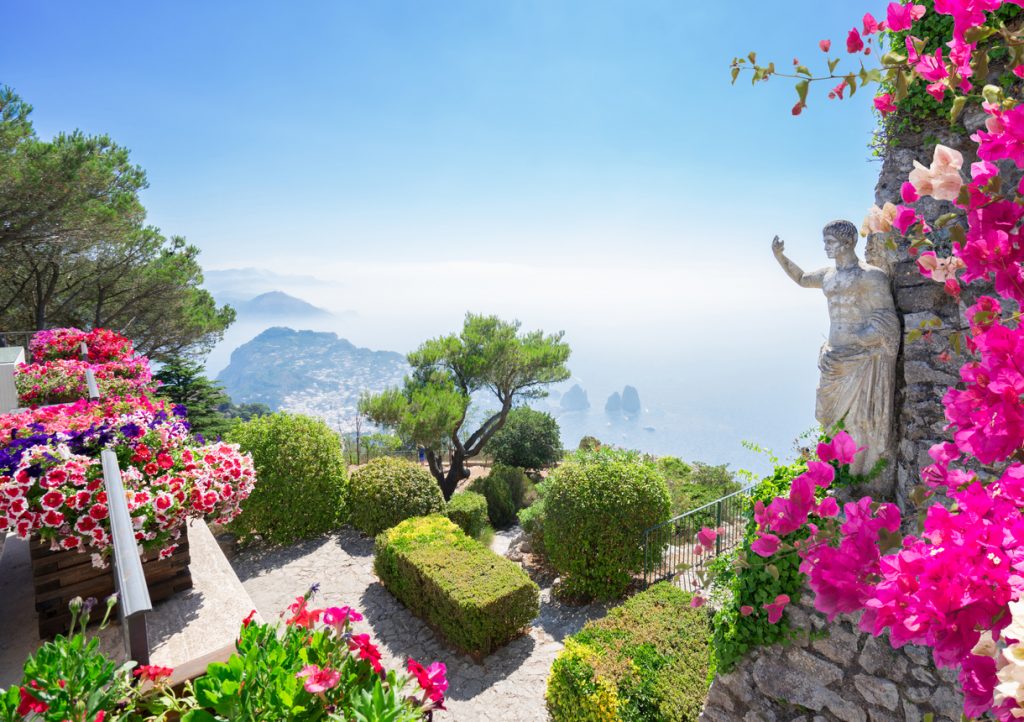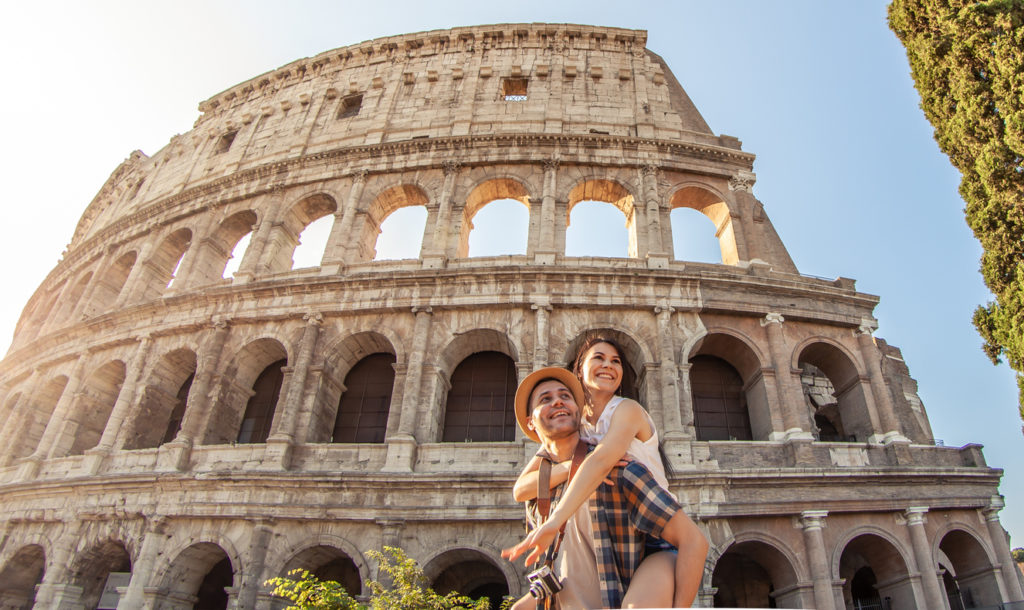
Rome, the eternal city always conquers the hearts and minds of all those who visit with its fascinating history, art, architecture, majestic beauty, and delicious food.
Rome is an ancient city and the heart of western civilization with over two millennia of history that can be seen at just about every turn through the enchanting city. The hustle and bustle is something quite different reminding travelers that Rome is also a vibrant European capital and not just a museum.
The city has much to offer other than ancient buildings. Travelers will find gelato stores on nearly every street, an array of classy designer boutiques, chic restaurants, and hipster bars. Fiat 500s beeps and Vespa-riding locals create an ambiance and buzz around the noisy daily atmosphere.
Rome has an array of things to do no matter if it is your first visit or fifth there is always something to do or see.
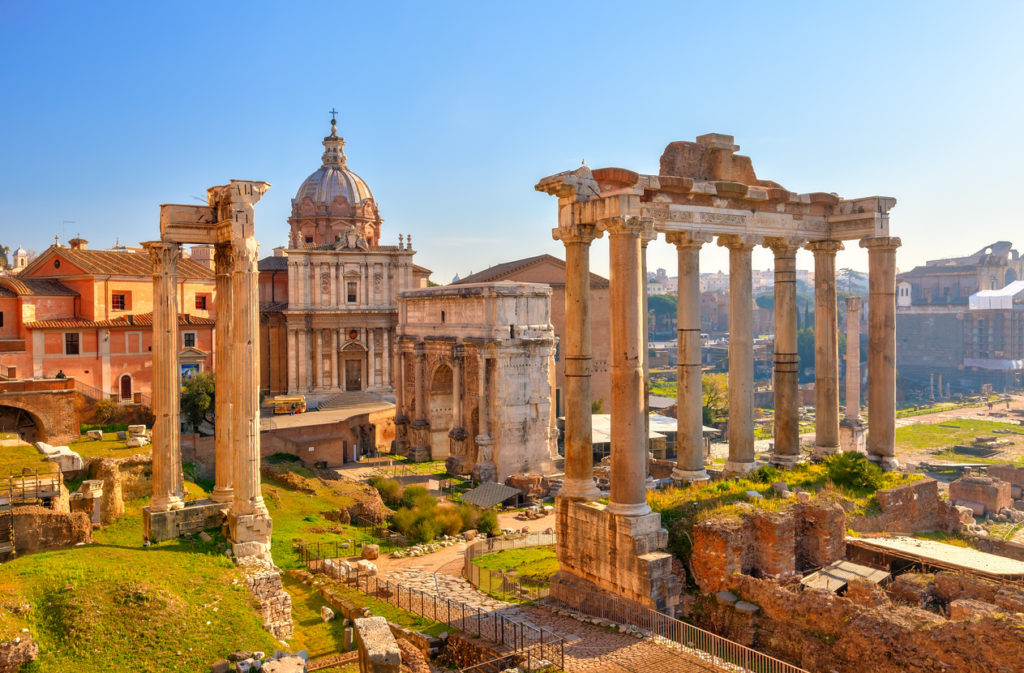
Roman Forum and The Palatine Hill
Located in the Via delle Salara Vecchia, both the Roman Forum and Palatine Hill are located adjacent to each other, allowing visitors to roam freely between the two. However, they do have separate entrances.
Taking a walk around the Roman Forum gives visitors a glimpse into ancient Roman life and the empire. The forum used to once be marshland which the Romans drained and turned into the centre of Rome’s political and social scene. In the later years, the space was used for triumphal processions, gladiatorial matches, and criminal trials. The forum was once home to the most important buildings in the city!
Today only ruins stand of the forum as it was abandoned in the middle ages, however, these ruins make the Roman Forum and Palatine Hill one of the largest urban archaeological complexes in Europe! Those who visit will always be in awe of the grandeur of the spectacular buildings.
The complex is large with nearly one hundred points of interest available to explore. The Portico of Harmonious Gods, according to historians existed in the 1st century BC! Though re-constructed in the 1st century AD, it is believed to be the last working pagan shrine in the Roman Forum.
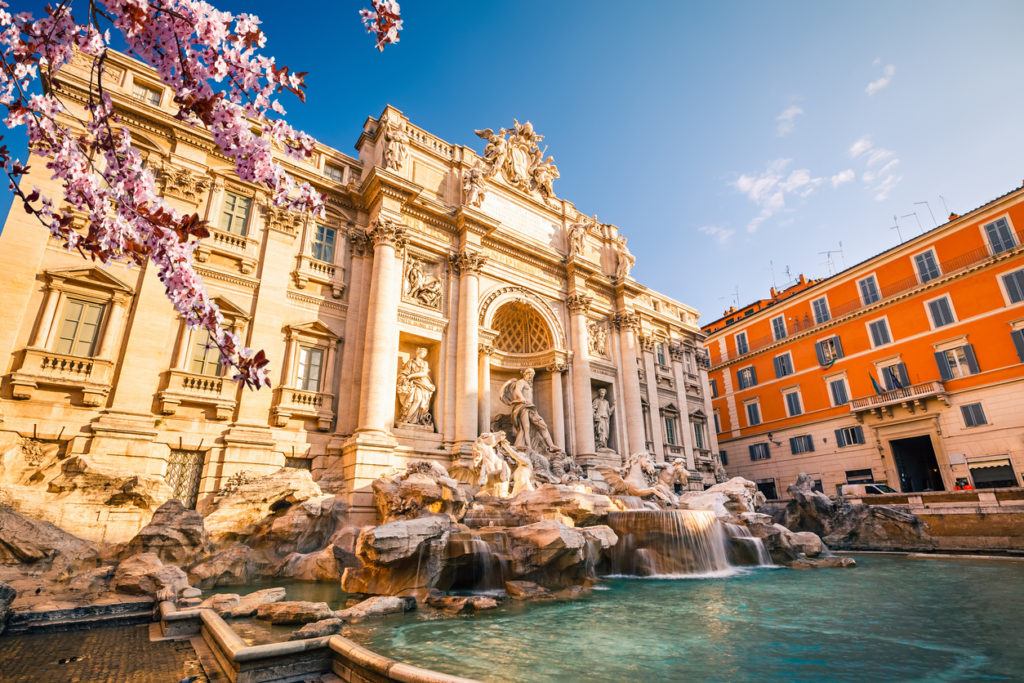
Vicus caprarius – the city of water
A hidden gem in the centre of Rome close to the Trevi fountain lies an important secret of the imperial era, vicus caprarius – the city of water. Located underneath the busy streets of the Trevi district is an intricate maze of ancient vestiges. A popular complex that was later transformed into an imperial domus of the ancient Roman bourgeoisie in the fourth century.
Called the “City of Water” due to the water tank, Aqua Virgo, which was found to be connected to the Vergine aqueduct which is still in operation and feeds the famous Trevi Fountain.
Travelers are able to travel back in time and walk and touch ancient Rome while also learning and observing archaeological evidence of huge events which paved the way for the city’s rich history.
It is a spectacular archaeological site and a must-see location for anyone visiting this glorious city to understand and fully apricate its great past.
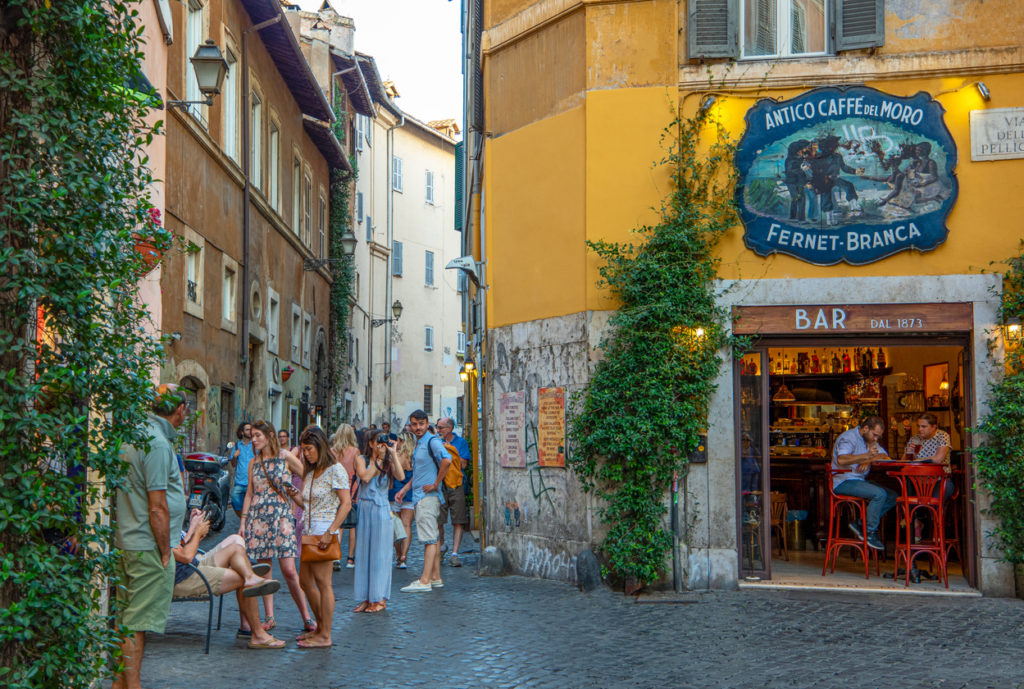
Trastevere
A lesser visited district in central Rome, just across the Tiber river is a charming district. It has amazing food and a real local atmosphere.
Most tourists stay within Piazza di Santa Maria, however, once away from the square the charming neighborhood is all show and there is also an outdoor food market found on Pizza di San Cosimato as well as a few lovely restaurants.
The area also has many old shops which are well worth a visit for a truly authentic feel for the area.
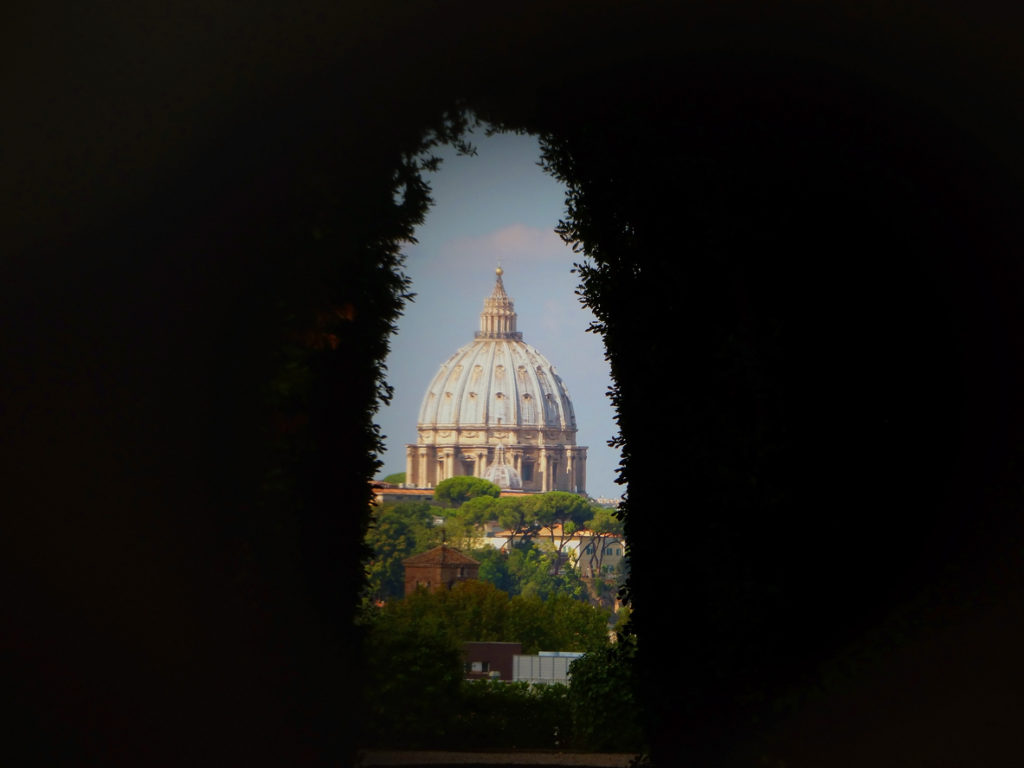
Aventine Hill and Knights of Malta Keyhole
If you are after somewhere for some peace and quiet with stunning views be sure to visit Rome’s Aventine Hill.
It is the southernmost of the Seven Hills of Rome and is steeped in ancient history. During the republic, Aventine Hill was once the home of the plebeians. However, now the area is full of private residences, beautiful gardens, churches, and monasteries.
One of the best views of Rome can be found at the Orange Trees Garden, which is also one of the largest parks in Rome.
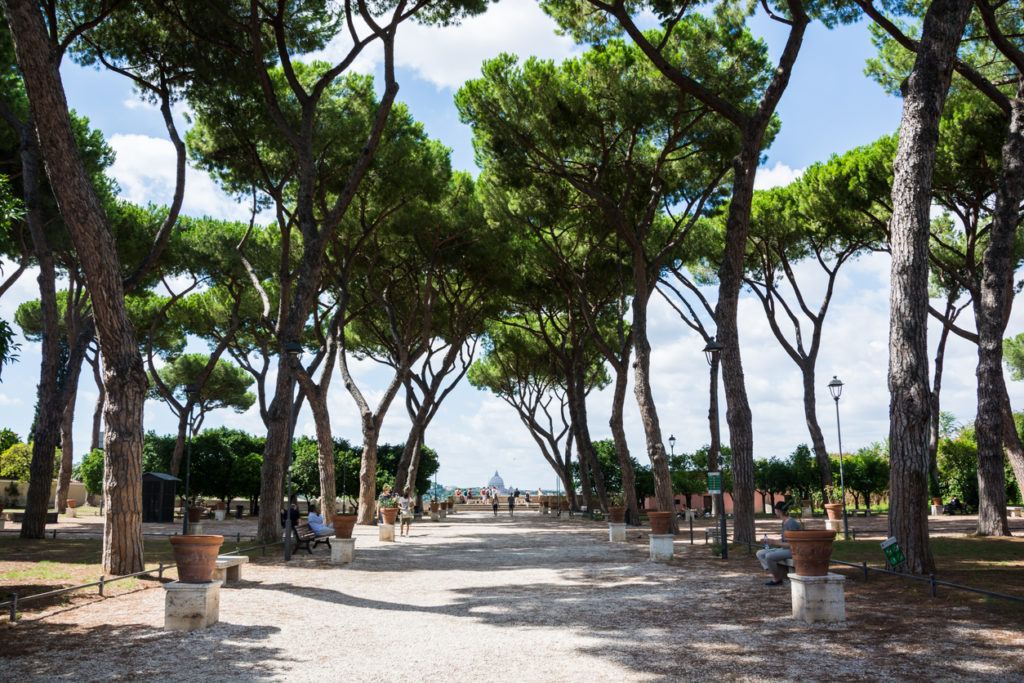
If you are after some history and stunning architecture, the Basilica of Santa Sabina is well worth a visit as it is one of Rome’s oldest basilicas and the interior is truly spectacular.
A popular location that was once a hidden gem is the Knights of Malta Keyhole. Located in Piazza dei Cavalieri di Malta, tourists gather behind a big green door to peek through the keyhole. This provides the most unique view of Saint Pete’s Basilica through the hedges; it is not to be missed.
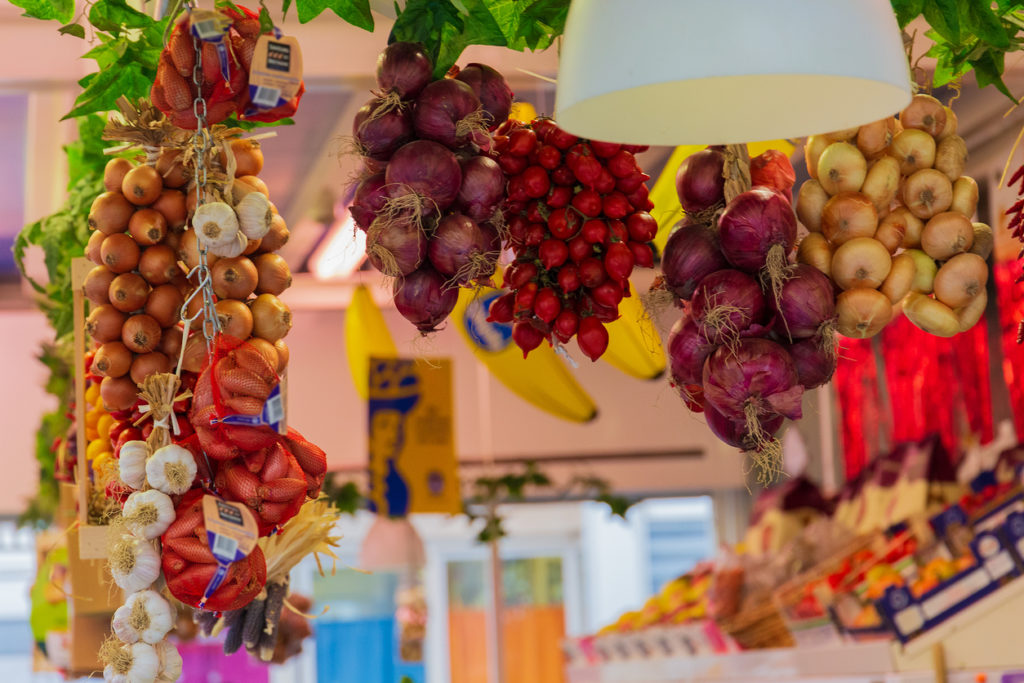
Testaccio
Rome is known to be one of the greatest cities in the world for its scrumptious food options. Therefore, no trip to Rome is complete without tasting the beautiful Italian cuisine.
The perfect original foodie neighborhood of Rome is Testaccio. Known to locals as “the heart of Rome” it is the birthplace of the cuisine Romana.
Throughout history this neighborhood has been associated with food; it is the location of Rome’s first slaughterhouse where traditional recipes such as tripe, oxtail, and sweetbreads originate from, and the ancient port that once stood on the Tiber river used to be full of traders with olive oil and grains. It is truly where the lovely Italian cuisine makes its start in Rome.
The neighborhood has many different options for foodies from fresh markets located on nearly every corner, to authentic restaurants and gelato!

